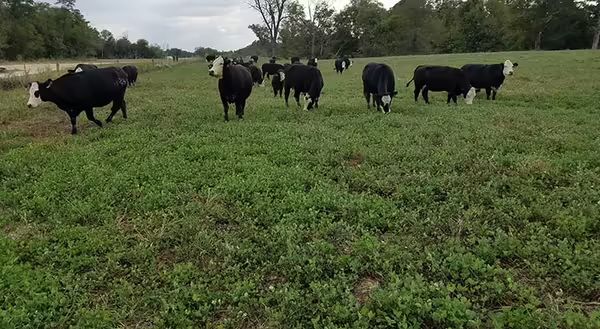
As temperatures start to rise and rain becomes scarce, cattle farmers are facing the challenge of managing their herds in dry weather conditions. With limited access to water and very limited forage resources, it is crucial to implement strategies that prioritize the health and well-being of the cattle. They are many ways high temperatures and dry conditions affect cattle but below are the most important.
Water Management
Water is the most essential nutrient for cattle and is a critical resource, especially during dry weather. Appropriate hydration is key to maintaining their overall health and productivity. Farmers should ensure a reliable and clean water source for their herds. Regularly check water troughs, tanks, and wells for any issues.
Forage Management
During hot and dry time periods, the availability of forage diminishes significantly, making it crucial to manage grazing areas carefully. Rotational grazing allows for better forage utilization and prevents overgrazing in certain areas. Consider dividing pastures into smaller paddocks to provide cattle with fresh forage periodically. Additionally, providing supplemental feed such as hay or silage can compensate for the lack of grazing options and ensure the herd's nutritional needs are met. Planning to use alternative forages such as straw or cornstalks may be worth considering. Planting fall cover crops helped many cattle producers extend the grazing season in the drought of 2012.
Heat Stress Management
High temperatures and dry weather increase the risk of heat stress among cattle. Heat stress can lead to reduced feed intake, decreased fertility, and even heat-related illnesses. Implement measures to alleviate heat stress, such as providing shade through natural or man-made structures. Access to clean drinking water is vital to help cattle regulate their body temperature.
Health and Disease Prevention
Dry weather conditions can contribute to an increased risk of certain health issues, such as respiratory problems. Regularly inspect the herd for signs of illness or discomfort and promptly address any concerns. Providing proper vaccination protocols, maintaining clean and well-ventilated shelters, and practicing good biosecurity measures can help prevent the spread of diseases and minimize health risks during dry weather.
Monitoring and Adaptation
Regular monitoring of the herd's body condition, weight, and overall well-being is crucial during dry weather. Make adjustments to management practices based on evolving conditions.
Managing cattle during dry weather requires proactive planning, adaptability, and an observant focus on the welfare of the herd. By implementing effective water and forage management strategies, providing proper nutrition, mitigating heat stress, and prioritizing health and disease prevention, cattle farmers can navigate the challenges presented by dry weather while ensuring the well-being and productivity of their herds.